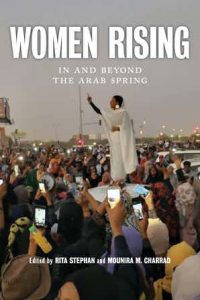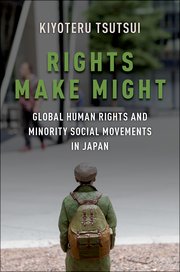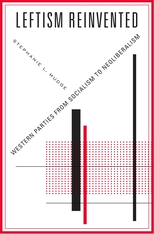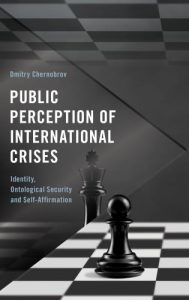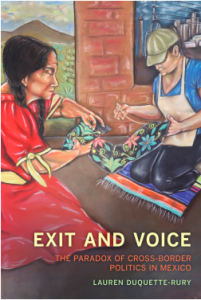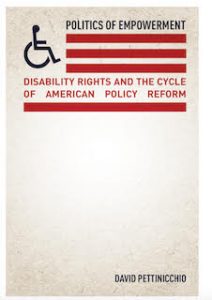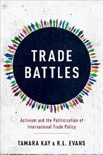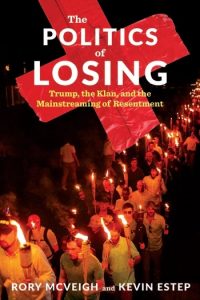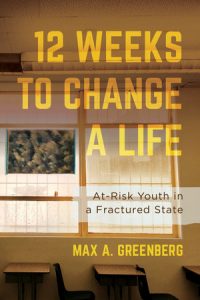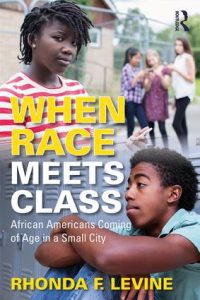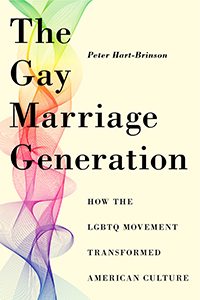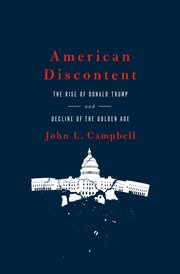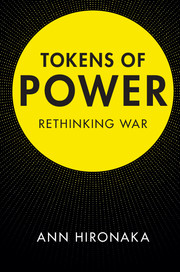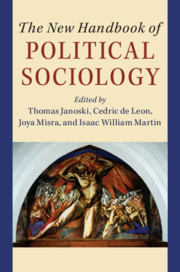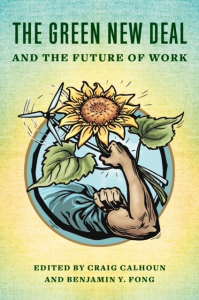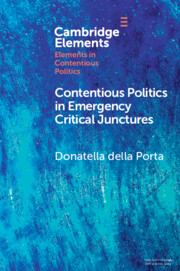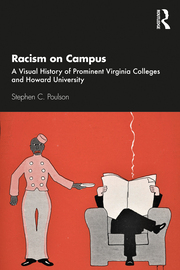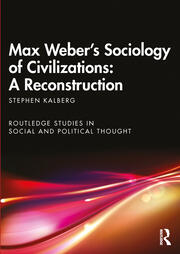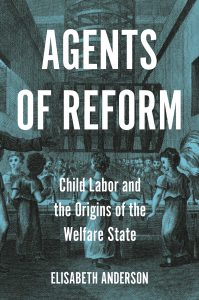Stephan, Rita. 2019. “Not-So-Secret Weapons: Lebanese Women’s Rights Activists and Extended Family Networks.” Social Problems, Volume 66, Issue 4: 609–625
This study asks one crucial question: How do Lebanese women apply available social capital and informal social networks to engage in political activism for women’s rights? Building on social- and women’s-movement theories, I argue that Lebanese feminists do not exclusively operate in the public sphere in their fight for political goals, nor do they privilege only the extra-family space. On the contrary, they engage in political activities by using extended family networks as a form of weak social ties. I construct this argument on the basis of interviews, observations, and analysis of Lebanese feminists’ writings. This paper introduces the concept of mahsoubieh as a form of weak social ties generated within connective family networks. Specifically, I examine how elite, intellectual, and middle-class Lebanese women activists use the positive social capital generated by mahsoubieh to gain credibility, diffuse their political stances, and develop countervailing power. Aspects such as the size, reputation, and respectability of their kinship networks aided the Lebanese women in their fight to change the legal structure concerning women’s rights and political representation.


